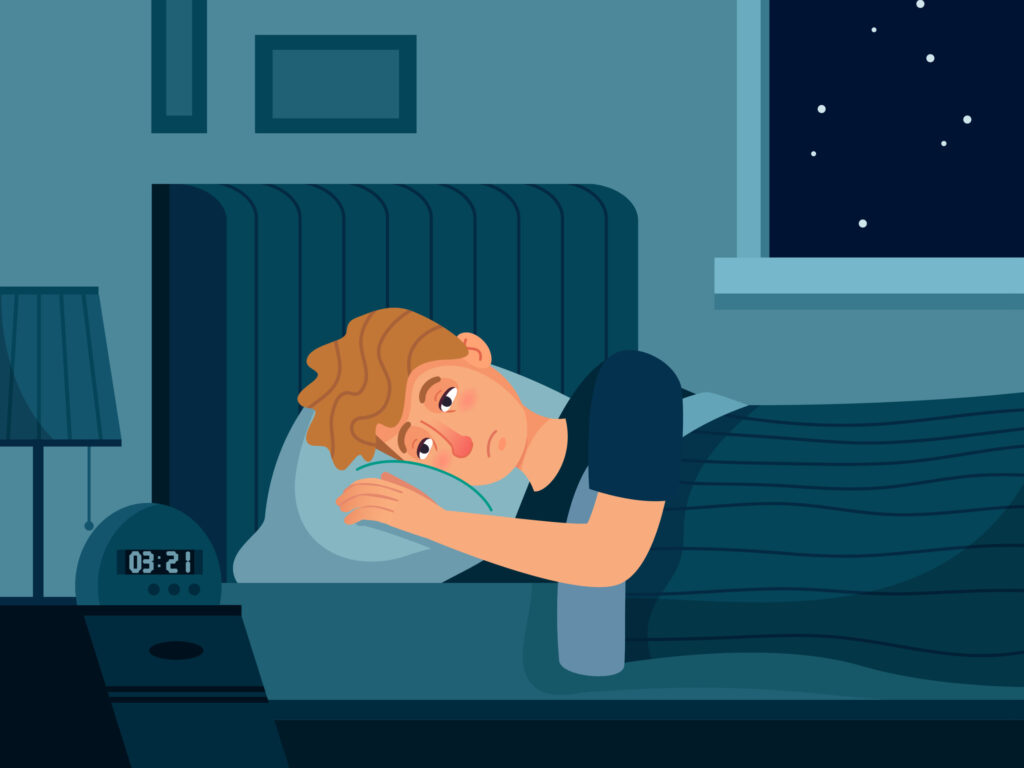
by Shiri Shneorson
VP & general manager, digital health business unit, Itamar Medical
Until quite recently, anyone aiming to track their sleep outside a laboratory setting lacked access to any technology more sophisticated than a pen and notebook.
Now, amid a plethora of mobile apps, wearable devices, and sensors, we’ve seemingly entered a new era of greater precision and sophistication in tracking our sleep. These advances come at a time when they’re sorely needed: According to the Centers for Disease Control and Prevention, more than a third of Americans sleep less than the recommended seven or more hours per day, putting them at risk of heart disease, stroke, high blood pressure, mental illness, and other conditions.
But while more people are turning to sleep-tracking devices in a bid to improve their overall wellbeing, these devices come with major technological and medical limitations. While they may do a decent job measuring the timing and duration of our sleep, they still come up short when it comes to tracking the quality of our sleep, let alone serving as diagnostic tools.
What are these devices’ shortfalls – and how, despite those flaws, can we harness these tools to live healthier, better rested lives?
Weighing the drawbacks
The current sleep tracking trend dates back nearly a decade. Fitness trackers like Jawbone and Fitbit and apps like Beddit – later acquired by Apple – have enabled users to monitor their nightly sleep habits albeit without delving into sleep quality or sleep cycles.
While existing sleep tracking apps have been able to provide some basic insights into the stages of sleep (light vs. deep), their overall effect has been to provide users a big-picture overview of how much they’re sleeping each night. That information is far from useless, of course, as for many users, this data alone can help them adjust their day- and night-time routines to promote healthier sleep habits.
But to understand the uses and limitations of these devices, it’s helpful to think about how they actually work. The technology used to measure sleep – like wrist-worn accelerometers, which monitor users’ movement throughout the night (with long periods of immobility characterised as sleep), movement-tracking bed sensors, or sleep-tracking headbands equipped with brain wave-reading electrodes – relies on a mixture of mobility and biomarker data like heart rate and respiration to evaluate users’ shut-eye.
There are plenty of pitfalls to these methods: Restless sleepers who toss and turn, for instance, can easily confound motion-based monitors, tricking these devices into thinking they’re awake. Chronic insomniacs who remain motionless in bed for hours on end may be recorded as sleeping, despite being wide awake. Meanwhile, sleep technology experts say that movement and heart rate sensors fail to accurately measure sleep in the REM stage. While some products, including from Garmin and Fitbit, provide data on users’ sleep stages, they lack respiratory indices and the ability to diagnose conditions like sleep apnoea.
Indeed, sleep trackers generally fall significantly short in terms of diagnosing sleep conditions. In the diagnostic realm, polysomnography – not the most popular apps and devices – is the gold standard.
Evaluating the overall merit of different sleep trackers is even more difficult given that most commercial products operate on undisclosed blackbox algorithms that determine what is and is not sleep. Sleep labs’ algorithms, on the other hand, are publicly shared, making it possible for independent experts to evaluate them.
Where these devices can help
For all their shortcomings, sleep tracking devices can still fulfil important functions. Rather than seeing the data generated by apps and wearables as the final word on all things sleep, users can treat it as supplementary information to help guide smarter decisions about when, where, and how they sleep. Users may find, for example, that they tend to sleep longer when they go to bed and wake up between certain times, or that they sleep better after an evening workout session. It’s also important to track variables like room temperature and diet, both of which can have a big impact on one’s ability to fall asleep and stay asleep.
Devices with snore-tracking features, while not to be treated as diagnostic tools, can help users determine whether they’re at risk of obstructive sleep apnoea; if so, they should seek further examine from their doctors. Indeed, the American Academy of Sleep Medicine, while noting that consumer products “are not substitutes for medical evaluation,” endorses consumer sleep technologies as tools that can “enhance the patient-clinician interaction when presented in the context of an appropriate clinical evaluation.” In arming patients with preliminary data, these tools can also promote a sense of empowerment, which is vital for individuals looking to take charge of their own wellbeing.
Are sleep trackers sleeker and more innovative than the sleep journals of yore? Undoubtedly. Are they medical-grade diagnostic tools with flawless data capabilities? No – but to the extent that they make us more aware of sleep’s importance to our health, they can enable us all to live and sleep better.
Also Published at Med-Tec News
